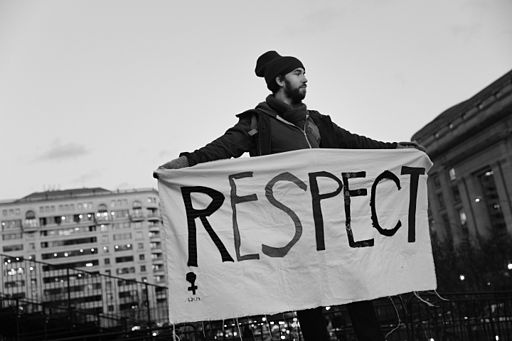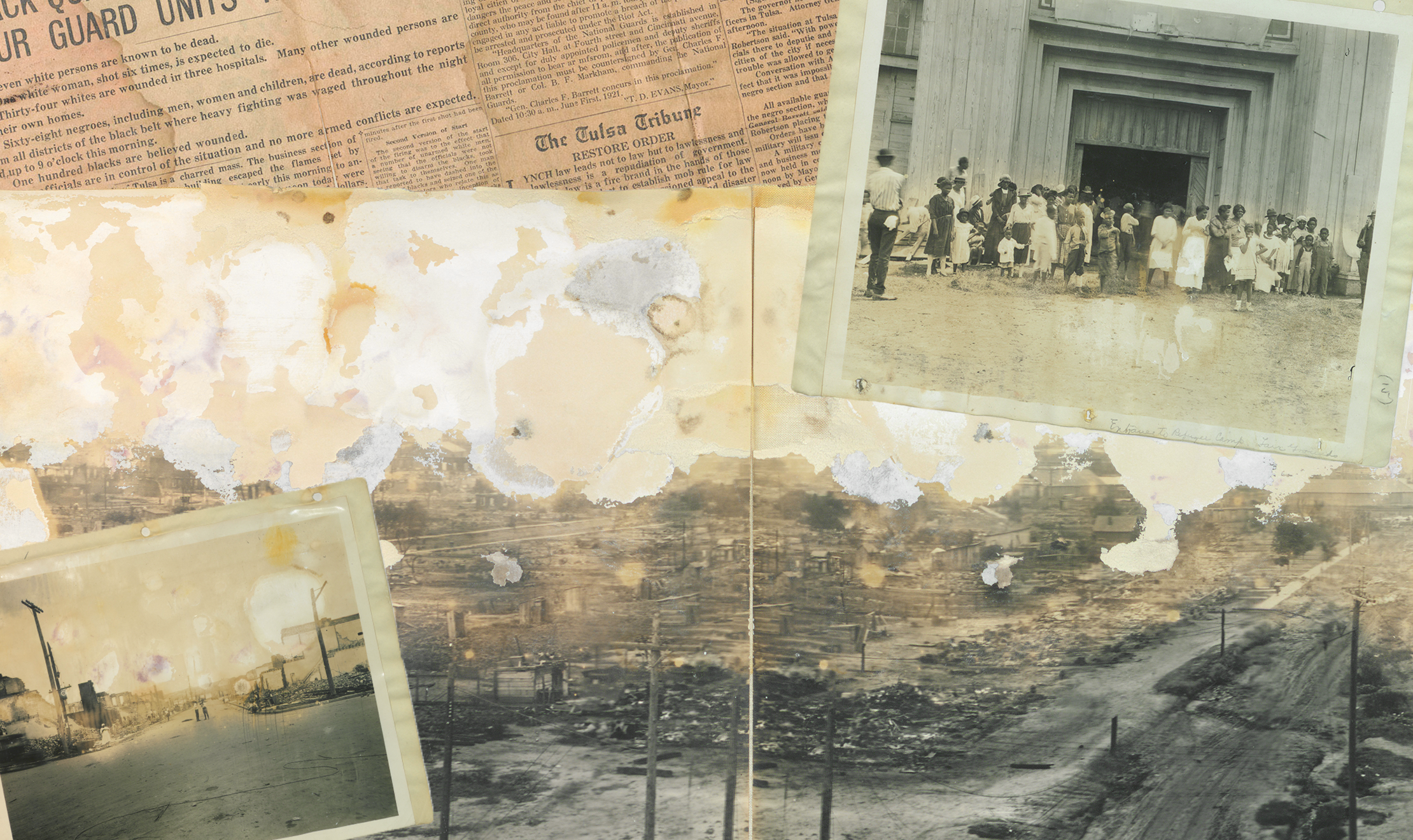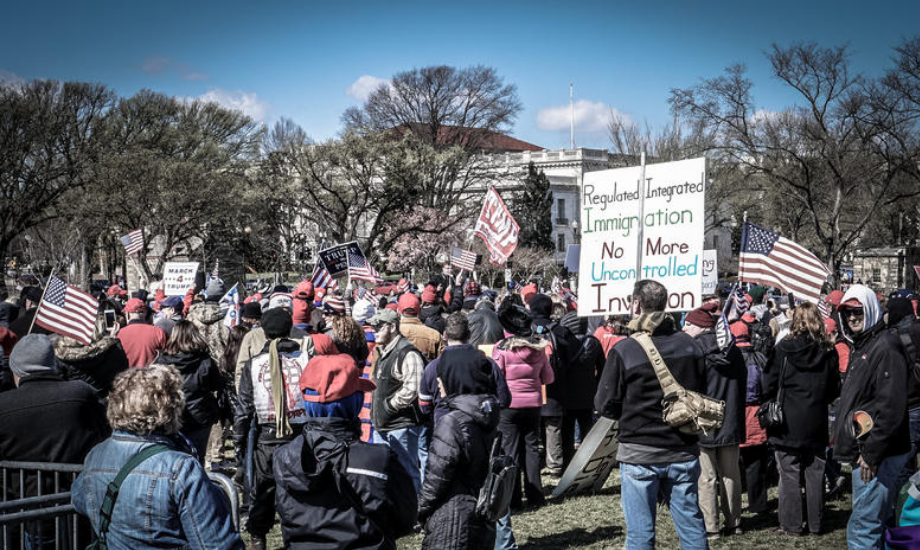
I am Somali. I am American. And I am fearful about what form the state’s anti-Muslim policy will take under the Trump administration. Since the 9/11 terror attacks, Muslim bodies have been viewed by the state with increased suspicion. Even though Muslims have had a presence on the continent before the republic was even declared, they are still viewed as foreign, dangerous and unassimilable.
The expansion of the national security apparatus post-9/11 went hand-in-hand with the entrenchment of laws which almost exclusively target Muslim Americans. Congress passed the USA PATRIOT ACT, just weeks after the attack, which gave the government the power to detain non-citizens suspected of terrorism without charge. The government passed the National Security Exit-Entry Registration System (NSEERS) in 2002, which mandated that immigrants from 26 countries (25 of which were Muslim countries) be fingerprinted, registered to the program and renew their registration annually. With two foreign wars in Afghanistan and Iraq, waged under the ambiguous banner of the War on Terror, the US criminalised Muslims both domestically and abroad.
In a bid to define the attack for a disoriented, traumatised nation which could not make sense of the tragedy and the loss of 3,000 Americans, President George W Bush stated:“Today our fellow citizens, our way of life, our very freedom came under attack.” Constructing the terrorists as the embodiment of evil, Bush was able to reaffirm American values. Yet such characterisations are reductive and connect the terrorists’ actions with the religion they claimed to act in the name of.
The president also pitted Muslim Americans against the foreign terrorists, using what Mahmood Mamdani refers to as the “good Muslim, bad Muslim” dichotomy. Here the “good Muslim” is assimilated, patriotic, and successful whilst the “bad Muslim” is violent and opposes US values and US foreign policy. Both the Bush and Obama administrations highlighted the success of Muslim American communities rhetorically, whilst engaging in domestic policies which criminalise Muslims (e.g. surveillance) and foreign policies that kill and endanger Muslim lives abroad (e.g through war, supporting dictatorships and the drone program).
When the racist, (alleged) billionaire, and reality TV personality Donald Trump declared his candidacy, he was able to draw upon the increasing Islamophobia and irresponsible conflation of Islam with terrorism by the two previous administrations. However, rather than fan the flames of bigotry in order to win his party’s nomination, Trump poured gasoline all over it with his call for a Muslim ban.
Trump’s call for a Muslim ban, during the campaign, followed the horrific San Bernardino terror attack, exploiting it for political gain. The policy was announced via a statement in December 2015, and promised “a total and complete shutdown of Muslims entering the United States until our country’s representatives can figure out what is going on.” Trump outlined his unsubstantiated belief that many Muslims have “great hatred towards Americans”. The ban was roundly criticised by Democrats and Republicans alike – including future Vice President Mike Pence. Trump wore his anti-Muslim racism with pride, justifying it as part of his commitment “to make America safe again”. Trump claimed the ban was in the national interest in a bid to wash down the bitter taste of his hate speech.
Now in power, the Trump administration needed to find a way to implement this unconstitutional ban. Cue: The Muslim Ban Remix. As former New York Mayor turned gopher in heat Rudy Giuliani admitted on Saturday, Trump asked him to set up a commission to plan how to implement a Muslim ban legally. The ban would single out countries which pose a danger to the US rather than discriminate based on religion, which is prohibited in law.
The president’s executive order denies the entry of citizens and dual nationals from seven Muslim-majority countries: Sudan, Syria, Iraq, Iran, Libya, Somalia, and Yemen for 90 days. The executive order repeatedly evokes 9/11 to justify such a broad net policy. Yet as many have pointed out, none of the 9/11 hijackers came from the seven countries listed as dangerous.
Whilst this is important to note so we can counter the Trump administration’s use of 9/11, we should also be wary of extending blame onto the people of the countries whose nationals’ committed the atrocity. The Trump administration clearly views Muslims as a monolith, with a propensity for committing acts of terror, erasing sectarian differences among many others.
Evidently, the seven countries were selected as the administration felt that repercussions would not be great. The most egregious part of the executive order prohibits the admission of refugees for 120 days and Syrian refugees indefinitely. However, the ban does allow for a possible waiver for minority groups who face persecution – which has been widely interpreted as a loophole for Syrian Christians – adding further weight to the notion that the executive order was clearly designed to exclude as many Muslims as it possibly could without an explicit Muslim ban.
The Muslim ban shows that the Trump administration rejected the good Muslim, bad Muslim dichotomy of previous presidents in favour of criminalising all Muslims. Trump juxtaposes Americans (translation: white and Christian) as good, with the Muslims as bad, dangerous and un-American. If this is anything to go by, this will only be the beginning of a much larger attempt to erode the civil rights of minorities in the US and other countries may follow suit.
But we’re ready to get our fight and hold our (shitty) leaders to account- I’m looking at you Theresa. I’m too young, Muslim and black to be sitting back.









